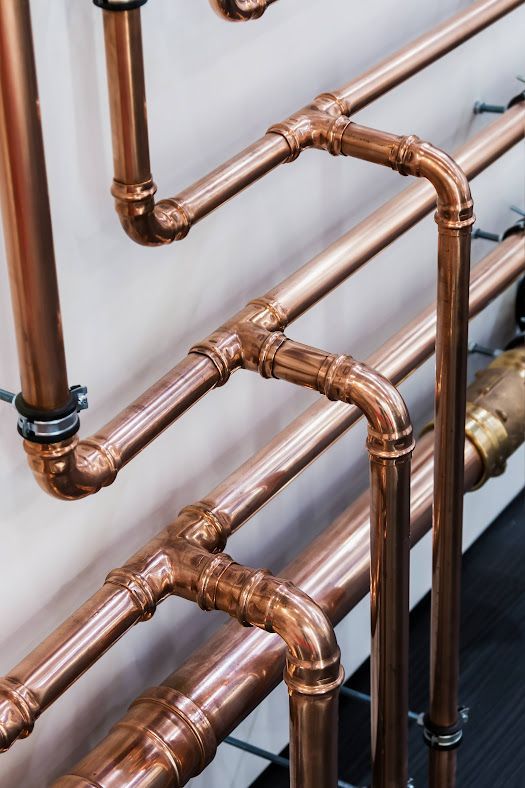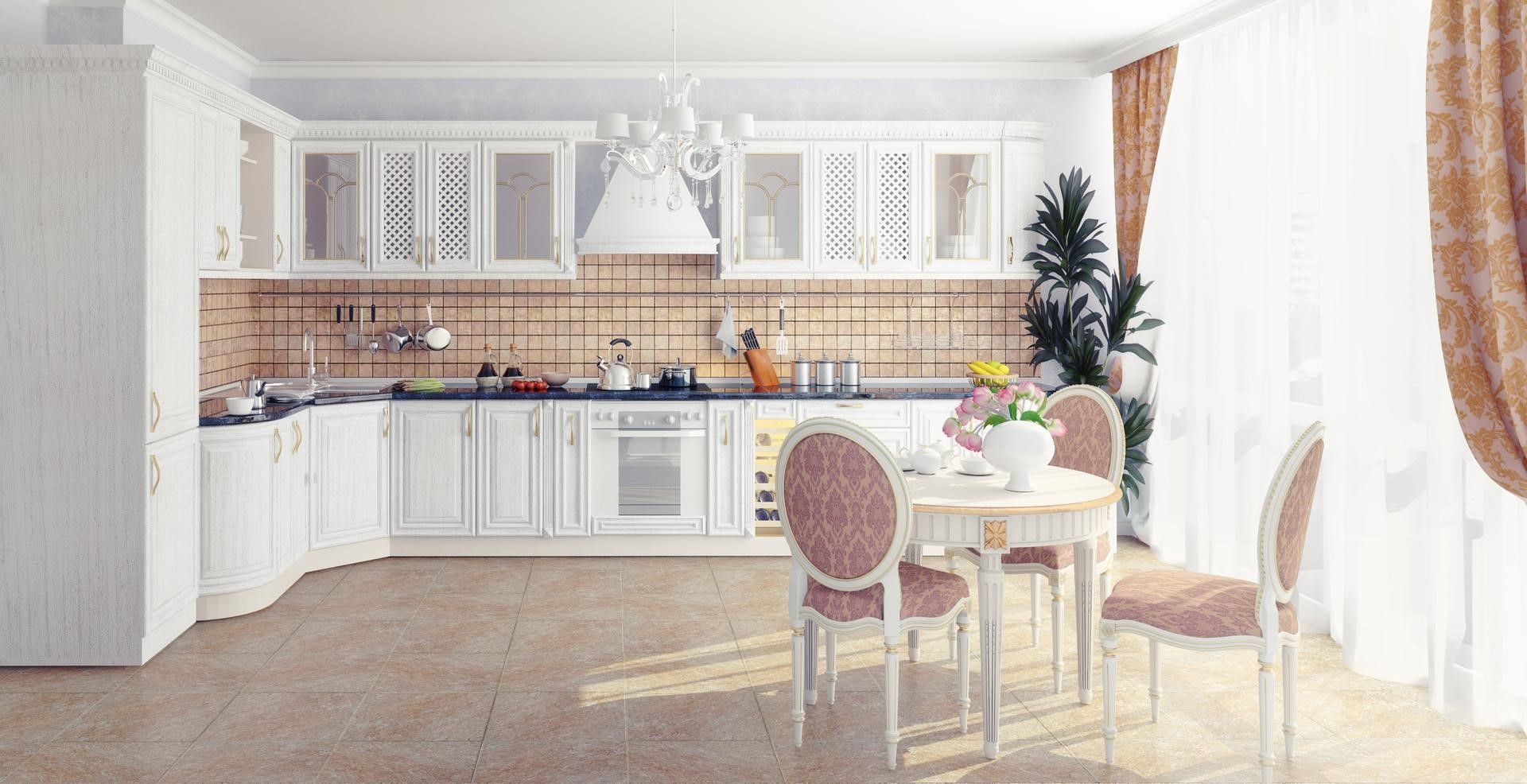6 Tips to Preventing Frozen Pipes This Winter
During the colder months, your home’s plumbing pipes may need more attention. The freezing of pipes in the winter can be a big and costly problem for your home. The expansion of water as it freezes places significant pressure on pipes.
To prevent the effects of the cold on your pipes, you may want to take preventative steps before the winter months. Fortunately, preventing frozen pipes is easy. Read on to discover some tips to keep your home safe this winter.
1. Open Kitchen and Bathroom Doors
When the temperature drops in the winter, you want to stay as warm as possible. The same goes for your household pipes. Many homes have pipes running in the exterior of the kitchen and bathroom. When temperatures plummet in winter, these are more likely to freeze.
To ensure heated air circulates evenly throughout your home, leave cabinet and interior doors open. Doing so allows the heated air to circulate in the cabinets and warm up your pipes. Make sure to remove any chemicals or household cleaning supplies out of reach of children or pets at home.
2. Allow Faucets to Drip
In many homes, faucets have pipes passing through unheated spaces. If you are anticipating a cold night, you should start a drip of water from all faucets at home. A trickle of water creates a constant flow of water, making freezing less likely. Leaving your faucets running relieves the pressure caused by the freezing process preventing your pipes from bursting.
3. Add Extra Insulation
Exposed water supply pipes are more susceptible to freezing and bursting, especially if they pass through unheated areas such as the basement or attic. More insulation on the pipes will help sustain your pipes and your wallet.
Insulating your pipes is an inexpensive and easy way to prevent bursting. Several materials are available to insulate pipes, including foam, rubber, and fiberglass. You want to apply insulation liberally because more insulation means better protection against frigid temperatures.
4. Heat Your Water Pipes
For short sections of high-risk pipes easily accessible, you can use heating tape or cables to act as an electric blanket. An electric heating cable is ideal for pipes in unheated and exterior locations.
Heat cables come in various forms, but a thermostatically controlled one is preferable. Unlike manual heat cables, thermostat-controlled cables do not draw electricity all the time, saving you electricity when it’s not needed. However, heat tapes are a fire hazard, so ensure to follow the manufacturer’s installation and operation manual or have them installed by a professional.
5. Seal Any Air Leaks
For especially bitter winters, cracks and openings can lower temperatures around your plumbing, causing them to burst.
As a precaution, you want to inspect your home for gaps and holes that may be letting in cold air. The most common areas include the windows, doorframes, and dryer vents. Use caulk or spray foam to fill the gaps surrounding your pipes. Additionally, because an open garage door acts like a large air leak, you should keep it closed when not in use.
6. Keep Thermostat Constant
The best way to prevent frozen pipes is by keeping a constant temperature during the day and at night. In normal weather, reducing the temperature might save you a pretty penny. During the winter, however, you want to keep the temperatures steady as this keeps your pipes free of ice. If you are away from home, set your thermostat at 55°F. The extra dollars spent on utility are less than burst pipe replacement costs.
Although the steps above are good places to start, frozen pipes and leaks can still occur. Plumbing inspections by a plumber can help assess your plumbing and protect it against the cold. Contact our team at Quality Plumbing today if you need help winterizing your pipes or an expert to repair your frozen pipes.

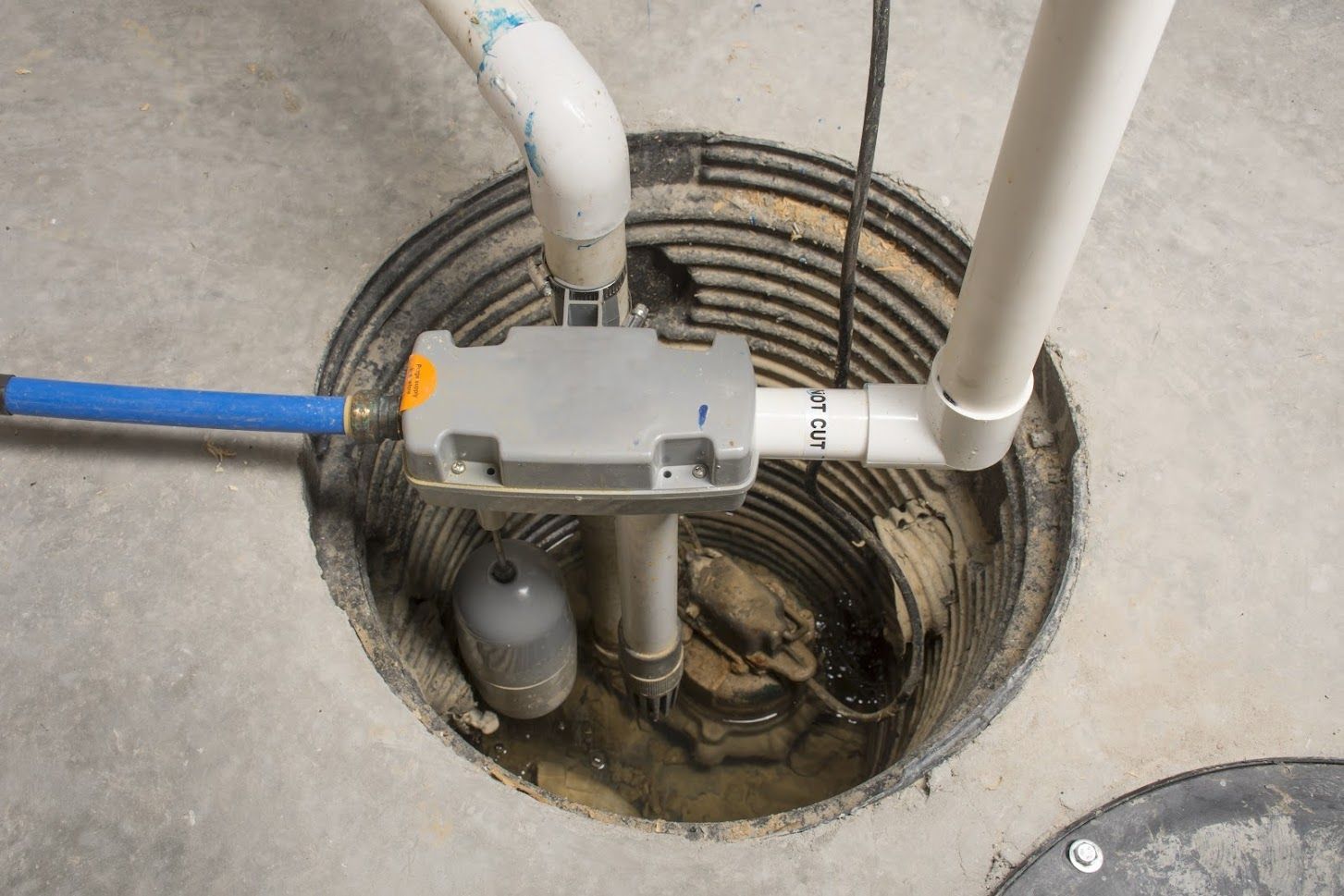

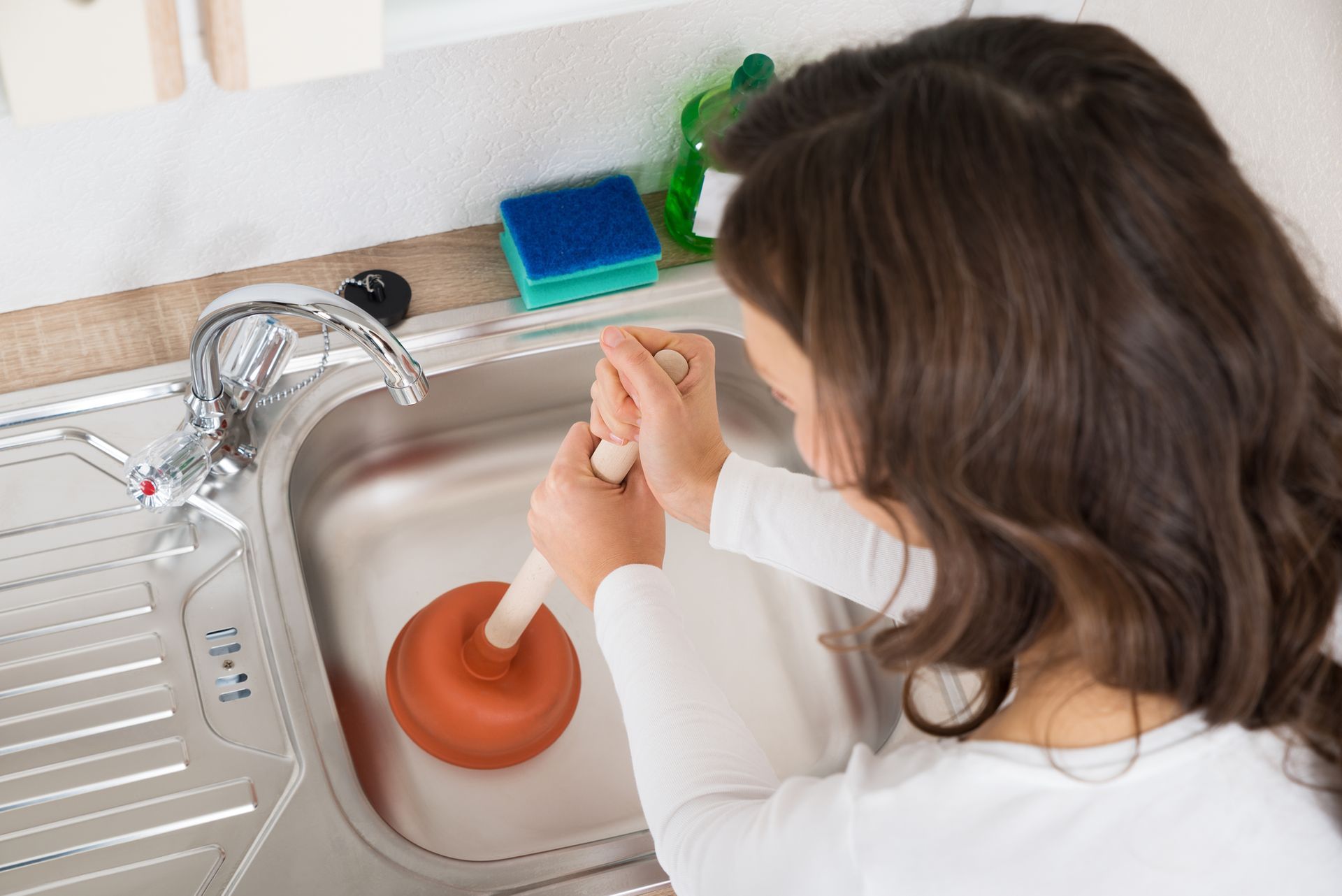

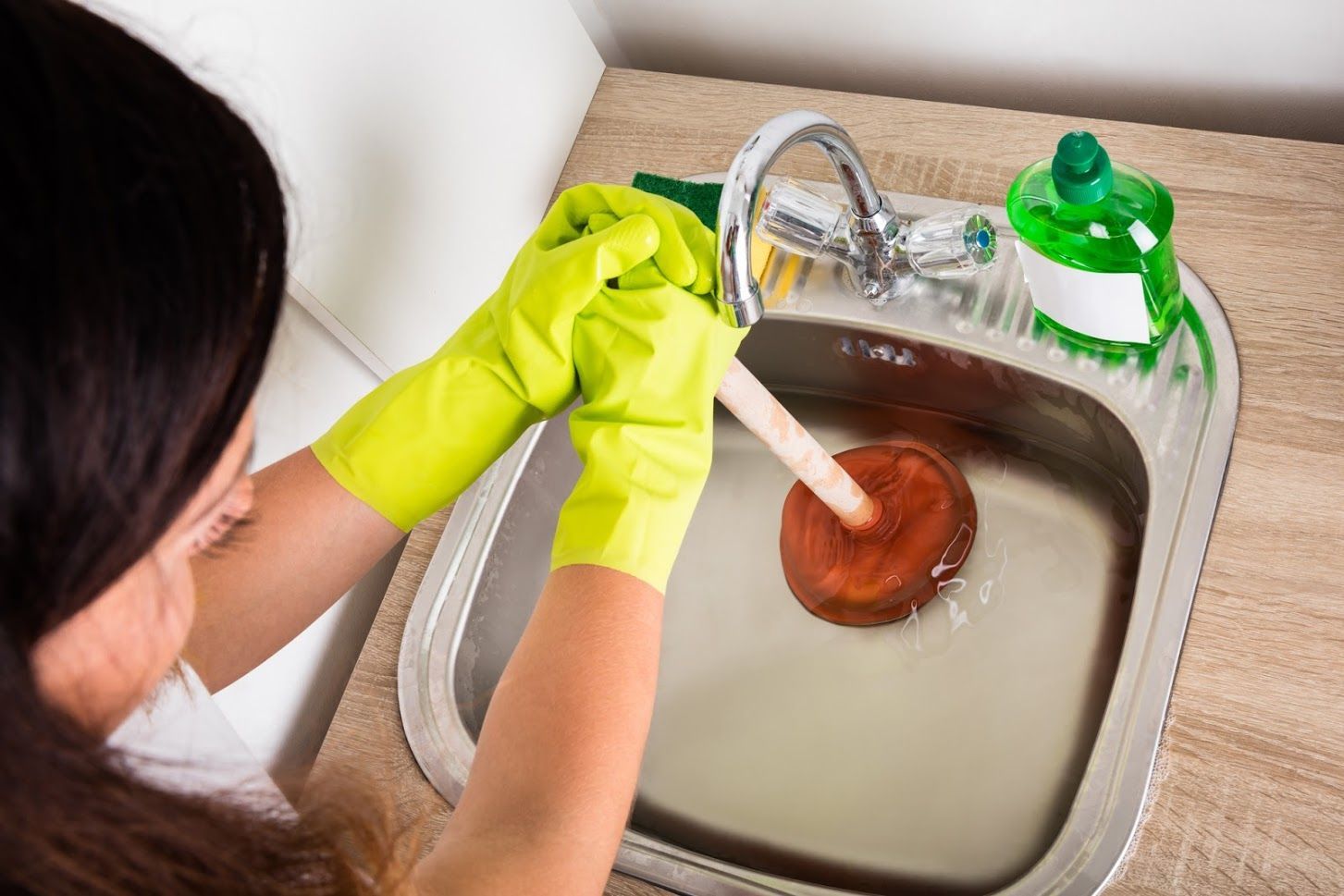
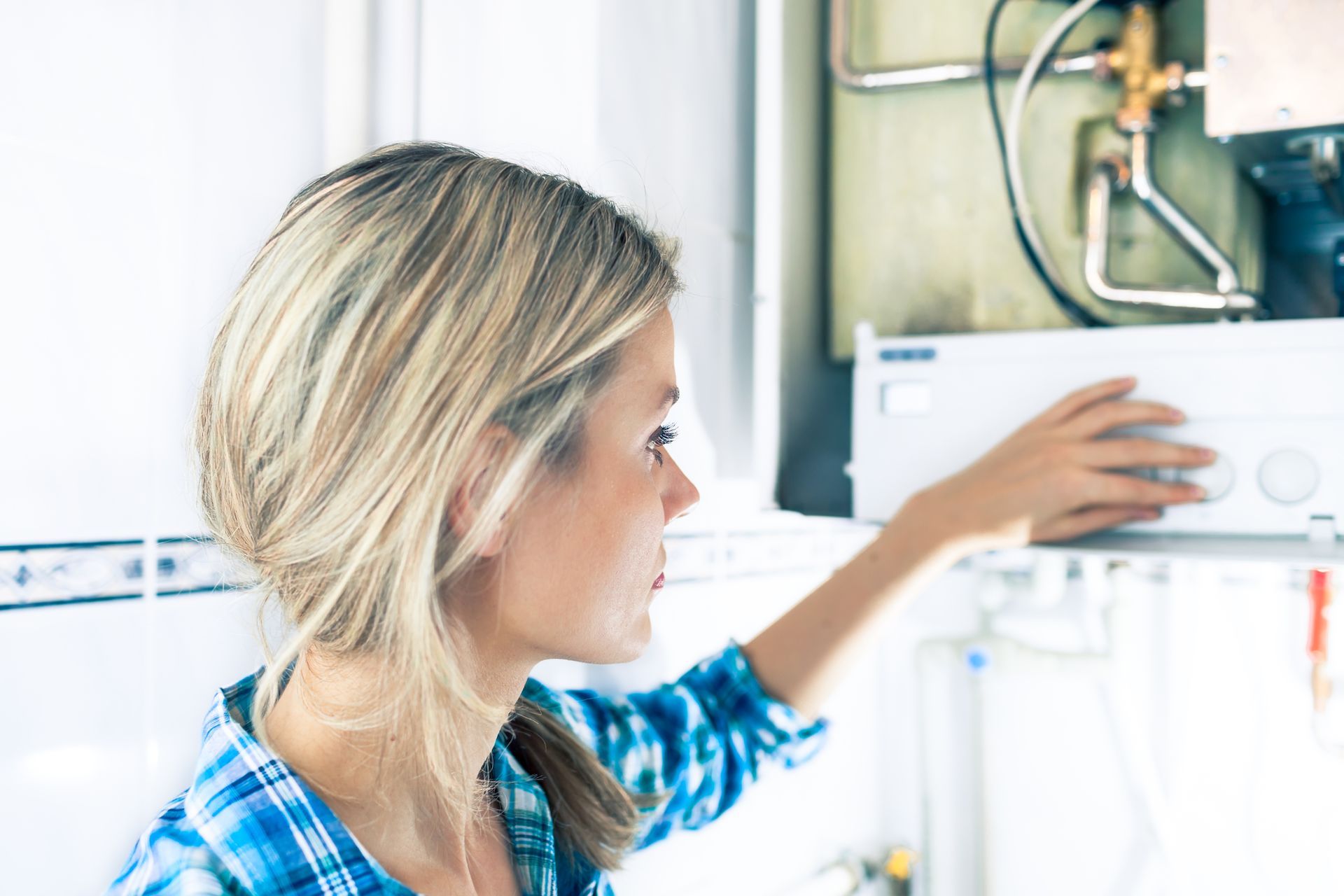

★★★★★
The total process from booking a service call, by phone, to the installation of a steel reinforced waterline hose on our refrigerator, was a pleasurable experience. A retired plumber recommended QP. Jeff had to pull out the refrigerator, remove the plastic waterline, install the new waterline, check to make sure the water dispenser was working and put the refrigerator back. Jeff was careful and mindfull of our wooden floor as the refrigerator was in a built-in cabinet. Since we live in a condo we want to eliminate all possibilities for a water leak. Jeff not only did his skillful job, he also educated us on the different water supply lines. I would recommend QP.
- Janeine G.
Button
★★★★★
Quality Plumbing did a rough-in plumbing install for a bathroom and kitchen sink in my basement. Very communicative, helped plan the space, and did a great job on the install. Will be using them again!
- Ian H.
Button
★★★★★
Called them when my water heater broke, they were over same day with a new one. Logan is great, he's fixed a couple things over the last year and is always professional and informative.
- Nick B.
Button
★★★★★
Quality plumbing is amazing 👏 when my brothers home had a problem with water pressure, they were able to schedule quickly, identify the problem and provide cost effective solutions quickly. When they did the work, they were on time on budget and cleaned up everything afterwards. Thank you for your great service Quality Plumbing! …
- Rich R.

★★★★★
Quality Plumbing is my go-to plumbing company for all my projects. I had one big project and after meeting Jeff, I’ve specifically requested him to come out for my other 2 projects. He’s incredibly punctual, efficient, and keeps the area nice and clean. Great to communicate with and provides clear answers to all my questions. Jeff is very professional and knowledgeable in his craft. Every time I call, Delaney will always pick up my phone calls and get me scheduled right away. Never had great success with plumbing companies until I started working with Quality Plumbing. They have unbeatable prices and will provide you with an honest solution to your problems. Highly recommend choosing Quality Plumbing!
- Alex D.
Button

★★★★★
The total process from booking a service call, by phone, to the installation of a steel reinforced waterline hose on our refrigerator, was a pleasurable experience. A retired plumber recommended QP. Jeff had to pull out the refrigerator, remove the plastic waterline, install the new waterline, check to make sure the water dispenser was working and put the refrigerator back. Jeff was careful and mindfull of our wooden floor as the refrigerator was in a built-in cabinet. Since we live in a condo we want to eliminate all possibilities for a water leak. Jeff not only did his skillful job, he also educated us on the different water supply lines. I would recommend QP.
- Janeine G.
Button
★★★★★
Quality Plumbing did a rough-in plumbing install for a bathroom and kitchen sink in my basement. Very communicative, helped plan the space, and did a great job on the install. Will be using them again!
- Ian H.
Button
★★★★★
Called them when my water heater broke, they were over same day with a new one. Logan is great, he's fixed a couple things over the last year and is always professional and informative.
- Nick B.
Button
★★★★★
Quality plumbing is amazing 👏 when my brothers home had a problem with water pressure, they were able to schedule quickly, identify the problem and provide cost effective solutions quickly. When they did the work, they were on time on budget and cleaned up everything afterwards. Thank you for your great service Quality Plumbing! …
- Rich R.

★★★★★
Quality Plumbing is my go-to plumbing company for all my projects. I had one big project and after meeting Jeff, I’ve specifically requested him to come out for my other 2 projects. He’s incredibly punctual, efficient, and keeps the area nice and clean. Great to communicate with and provides clear answers to all my questions. Jeff is very professional and knowledgeable in his craft. Every time I call, Delaney will always pick up my phone calls and get me scheduled right away. Never had great success with plumbing companies until I started working with Quality Plumbing. They have unbeatable prices and will provide you with an honest solution to your problems. Highly recommend choosing Quality Plumbing!
- Alex D.
Button






